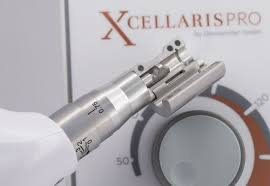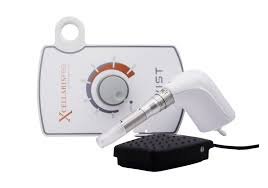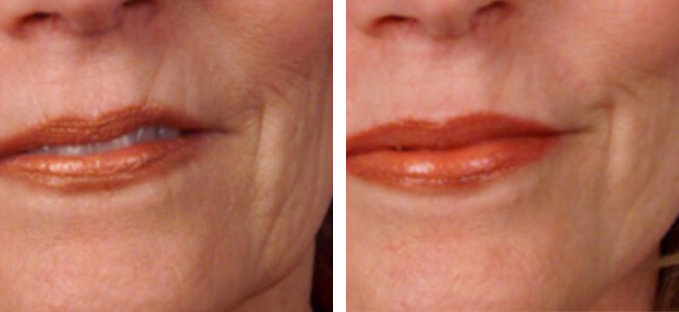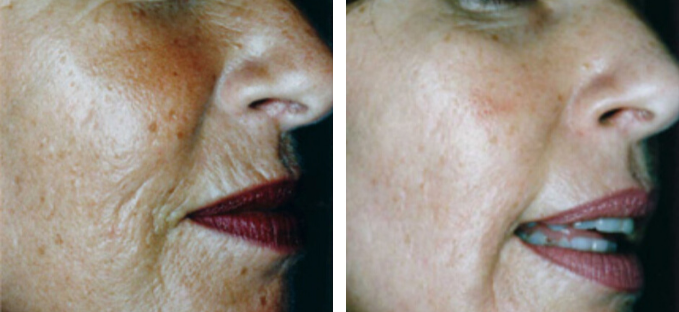Medical Micro Needling
Fast Facts
Price €180 (packages 3@ €160 and 6@ €150)
Time - 60 minutes
Healing time 1-2 days
Sun sensitivity - none
Skin type - suitable for all
4x session (three to four weeks apart)
Areas- Skin & Hair
Staff - Emma & Sarah
What is it?
The basic concept of microneedling is based on the skin's natural ability to self-repair when it is physically damaged by cuts, burns and other abrasions. Following injury to the skin, the body re-uses damaged collagen and elastin fibres to produce new structures. Microneedling gives way to controlled induction to the skin's self-repair mode, by creating micro-injuries that instigate new collagen synthesis but does not pose a risk of permanent scarring.
It creates smoother, brighter, healthier, younger-looking skin.
We use the Xcellaris Pro Twist from Dermaroller in Germany and the Genosys DermaFix microneedling pen from South Korea.
How does Microneedling work?
The Microneedles penetrate the epidermis and dermis layer of skin. A single needle prick would cause an invisible response. However, when thousands or tens of thousands of fine pricks are placed together one gets a “field effect”. This promotes the normal post-traumatic release of growth factors and infiltration of fibroblasts.This reaction is automatic and produces a surge of activity that inevitably leads to fibroblasts being instructed to produce more collagen and elastin.
The needles will generate micro channels into the skin. This gives a pathway for skin products to penetrate more easily, boosting their effectiveness. These channels should close-up within an hour. Microneedling results in the natural response to wounding of the skin, even though the wound is minute and mainly subcutaneous.
Elanamie Clinic Xcellarispro Twist- minimally invasive microneedling device
XCELLARISPRO Twist
The new microneedling system Dermaroller developed is a minimally invasive microneedling device for improving skin texture and treating various conditions, including all types of scars. Microneedling is a proven and established skin rejuvenation procedure that uses very fine short sterilized needles of the skin to stimulate the production of collagen, elastin and other healing factors. Also called Collagen Induction Therapy (CIT) or Percutaneous Collagen Therapy (PCI), it is a simple, quick and safe treatment with no downtime and very rare side effects when treated properly.
What effects can you expect?
The results are brighter, tighter, rejuvenated and younger looking skin. The recommended course of treatment is four sessions three to four weeks apart for optimum results- although you will begin to see improvement (is visible) after the first treatment. Skin rejuvenation improves significantly following the course of treatments and can continue to improve for up to twelve months.
Skin firming
Lifting
Brightening
Contracts pores
Improves fine lines and wrinkles
Improves acne scars, stretch marks, pitting of the skin and uneven texture
Microneedling Works On What Skin Type?
Ageing Skin:
Restores tightness and firmness to flaccid skin.
Thickens dermis.
Smoothes away and plumps wrinkles, lines and crow’s feet.
Improves skin texture
Reduces and improves appearance of large pores.
Scars:
Reduces appearance of acne scars.
Improves scars caused by chicken pox.
Relaxes old (scars)scarring.
Improves appearance of surgical scars.
Microneedling is not suitable for patients who:
Have used Roaccutane within the last 3 months.
Have open wounds, cuts or abrasions to the skin.
Have had radiation treatment within the last year.
Have a current outbreak of herpes simplex (cold sores) or any other infection or chronic skin condition in the area to be treated.
Have areas of the skin that are numb or lack sensation.
Are pregnant or breast feeding.
Have a history of keloid or hypertrophic scars or poor wound healing.








